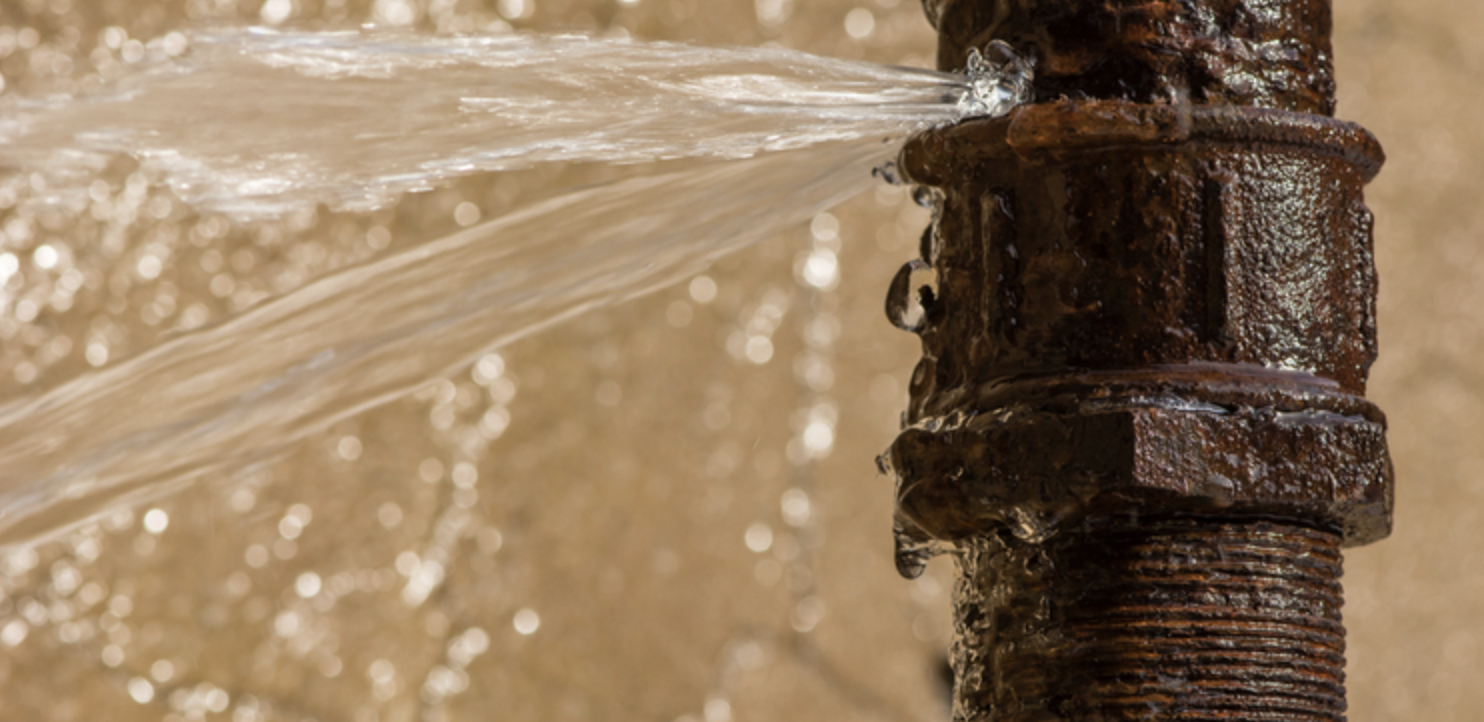Just how do you actually feel about Flushing Food Down the Toilet??

Intro
Lots of people are frequently confronted with the predicament of what to do with food waste, specifically when it involves leftovers or scraps. One common inquiry that occurs is whether it's fine to purge food down the bathroom. In this post, we'll delve into the reasons that people could consider flushing food, the repercussions of doing so, and alternative techniques for proper disposal.
Reasons individuals could take into consideration purging food
Absence of recognition
Some people may not recognize the potential damage caused by flushing food down the toilet. They might incorrectly believe that it's a safe method.
Ease
Flushing food down the bathroom may feel like a fast and very easy solution to taking care of undesirable scraps, specifically when there's no neighboring trash can offered.
Idleness
In many cases, people may just choose to flush food out of sheer laziness, without thinking about the consequences of their actions.
Repercussions of flushing food down the toilet
Environmental impact
Food waste that winds up in rivers can contribute to contamination and injury water environments. Furthermore, the water utilized to flush food can stress water resources.
Plumbing issues
Flushing food can bring about clogged pipelines and drains, creating expensive pipes repairs and troubles.
Types of food that must not be purged
Coarse foods
Foods with coarse appearances such as celery or corn husks can obtain tangled in pipelines and create blockages.
Starchy foods
Starchy foods like pasta and rice can absorb water and swell, resulting in clogs in pipelines.
Oils and fats
Greasy foods like bacon or cooking oils need to never ever be purged down the bathroom as they can strengthen and create blockages.
Appropriate disposal approaches for food waste
Utilizing a waste disposal unit
For homes geared up with garbage disposals, food scraps can be ground up and flushed through the plumbing system. However, not all foods are suitable for disposal in this fashion.
Recycling
Certain food product packaging materials can be reused, reducing waste and lessening environmental effect.
Composting
Composting is a green means to take care of food waste. Organic materials can be composted and made use of to enrich dirt for horticulture.
The value of correct waste management
Lowering environmental damage
Correct waste administration methods, such as composting and recycling, help decrease contamination and protect natural deposits for future generations.
Shielding pipes systems
By staying clear of the technique of flushing food down the commode, homeowners can protect against expensive pipes repairs and maintain the integrity of their pipes systems.
Final thought
To conclude, while it may be tempting to flush food down the toilet for comfort, it is essential to recognize the possible consequences of this activity. By adopting appropriate waste administration practices and throwing away food waste properly, individuals can contribute to much healthier pipes systems and a cleaner environment for all.
FLUSH FOOD DOWN THE TOILET?
FLUSHING FOOD CAN CAUSE BLOCKED DRAINS IN YOUR HOME
All of the plumbing fixtures in your home are connected to the same sewer pipe outside of your home. This outdoor sewer pipe is responsible for transporting all the wastewater from your home to the Council sewer mains. Even small pieces of food that go down the kitchen sink can cause problems for your sewer. It should therefore be obvious that flushing larger bits of food, such as meat, risks a clog in either the toilet itself or the sewer pipes. Flushing greasy food is even more problematic because oil coagulates when it cools, coating the interior lining of your pipes.
THE TOILET IS NOT A BIN
Food isn’t the only thing that people shouldn’t be flushing down the toilet. People use the toilet to dispose of all kinds of things such as tampons, makeup wipes, dental floss, kitty litter and even underwear. Water goes to great lengths to educate residents about the high costs and stress placed on wastewater treatment systems simply from people flushing the wrong stuff down the toilet. It costs taxpayers millions of dollars each year, and homeowners thousands in blocked drain repairs.
FLUSHING FOOD IS A WASTE OF WATER
Flushing food is a waste of our most precious resource - water. In June this year Level 1 water restrictions were introduced to protect water supply from drought conditions. Much of New South Wales continues to be affected by prolonged drought with recent figures revealing up to 97 per cent of the state remains in drought. Depending on whether you have a single or dual flush toilet, every single flush uses between five and 11 litres of water. In the current climate this is a huge amount of water to be wasting on flushing food that should be placed in the bin (or better yet, the compost).
https://www.jabplumbingsolutions.com.au/blog/can-you-flush-food-down-the-toilet

Do you really like reading about ? Create feedback down the page. We would be happy to listen to your thoughts about this piece. We are looking forward that you come back again in the future. Appreciated our blog posting? Please share it. Help someone else find it. I value reading our article about What Can Happen If You Flush Food Down the Toilet?.
Rates

